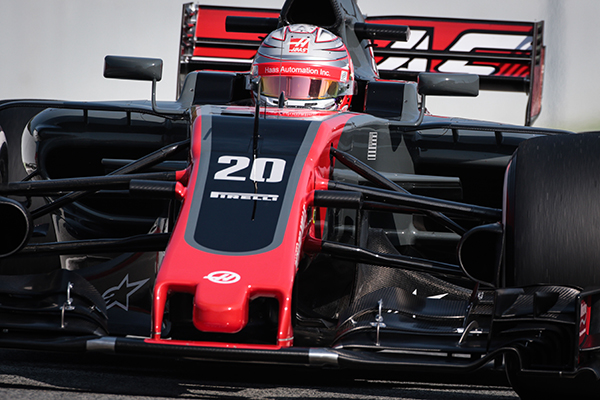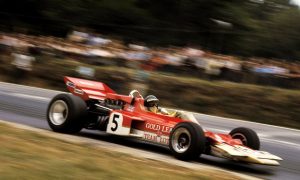
NEW GEOMETRY?
McLaren has kept an ‘S’-duct system on the MCL32 but the Pitot tube no longer splits the outlet. Like on the new Renault, the inlet is located at the base of the chassis and not in the nosecone, which is the installation retained on the Mercedes W08 and Ferrari SF70H.
The longer nose, which has been mandated by this year's rules revamp, makes it more tempting for teams to run an ‘S’-duct.
Indeed, the longer a surface is, the thicker the boundary layer is. The system speeds and cleans up the air under and over the nose in order to prevent having slow air on the nosecone.
McLaren’s front suspension features a few interesting details: the wishbones are more horizontal than on last year’s MP4-31, while the leg remains quite high to ensure optimum articulation in a bid to better exploit Pirelli’s 25 percent wider tyres.
That’s probably why McLaren has ditched the lowered wishbone leg seen on last year’s model. On the MCL32, suspension legs are clearly more aligned (see white arrow).
Another significant change comes from the steering tie-rod being moved somewhere else, though we cannot pinpoint it exactly for now since the part is not visible (see yellow arrows on the bird eye’s view comparison).
One can also notice that the brake ducts now feature two inlets against one previously. Only the Mercedes W08, Force India VJM10, and the Williams FW40 have ducts capturing air from their curvature and not via an aperture on the outer face.






